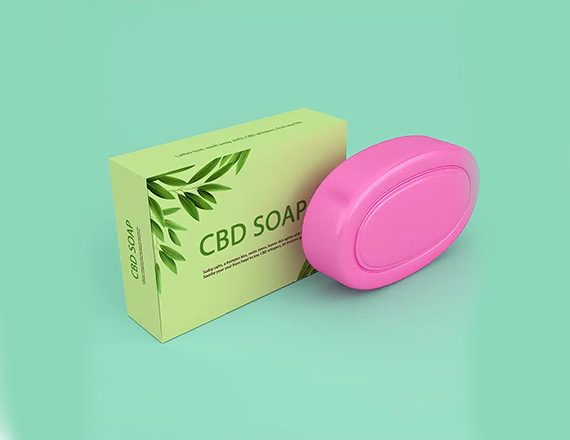Soap boxes are a crucial element in the personal care industry, serving not only as protective packaging but also as a powerful marketing tool. With the rise of artisanal and organic soaps, the design and functionality of soap boxes have become increasingly important. This article explores the significance of soap boxes, key design elements, materials, and current trends that can help your brand stand out in a competitive market.
The Importance of Soap Boxes
1. Brand Identity and Marketing
Soap boxes are often the first point of contact for consumers. An eye-catching design can create a lasting impression, helping to establish brand identity. Effective branding on soap boxes can convey the quality and values of your product, attracting consumers and fostering brand loyalty.
2. Product Protection
Quality soap boxes are designed to protect the soap from environmental factors such as moisture, air, and light. Proper packaging helps preserve the soap’s integrity, scent, and appearance, ensuring that consumers receive a product that meets their expectations.
3. Informative Packaging
Soap boxes serve as an important medium for conveying essential information, including ingredients, usage instructions, and any certifications (such as organic or cruelty-free). Clear and concise labeling can enhance consumer trust and inform purchasing decisions.
4. Gift Appeal
Many consumers purchase soaps as gifts. Attractive and well-designed soap boxes can make products gift-ready, eliminating the need for additional wrapping. This convenience is particularly appealing during holidays and special occasions.
Key Design Elements of Soap Boxes
1. Visual Appeal
The design of soap boxes should be visually engaging. Use vibrant colors, appealing graphics, and elegant typography to attract attention. Unique designs that reflect the soap’s scent or ingredients can also enhance appeal.
2. Material Choices
Choosing the right materials is crucial for both aesthetics and functionality. The box should reflect the quality of the soap inside. Eco-friendly materials, such as recycled paper or biodegradable plastics, can also appeal to environmentally conscious consumers.
3. Shape and Size
Soap packaging boxes come in various shapes and sizes, allowing brands to differentiate themselves. Consider innovative shapes that align with your brand identity and provide an eye-catching display on store shelves.
4. Texture and Finishing
Incorporating textures, such as embossing or spot UV coating, can enhance the tactile experience. These elements add depth to the design and make the packaging more memorable.
Materials for Soap Boxes
1. Paperboard
Paperboard is a popular choice for soap boxes due to its lightweight and customizable nature. It can be easily printed and designed, making it ideal for vibrant graphics and branding.
2. Kraft Paper
Kraft paper offers a rustic and eco-friendly look that appeals to consumers interested in natural and organic products. It is biodegradable and recyclable, aligning with sustainable packaging trends.
3. Plastic
Plastic soap boxes can provide durability and moisture resistance. However, brands are increasingly looking for recyclable or biodegradable options to meet sustainability goals.
4. Glass
For premium soaps, glass containers can offer an elegant presentation. While more costly, glass packaging adds a touch of luxury and can be reused, enhancing the product’s value.
Current Trends in Soap Box Packaging
1. Eco-Friendly Packaging
As consumers become more environmentally conscious, the demand for sustainable packaging solutions continues to rise. Brands are increasingly using recyclable, biodegradable, or compostable materials in their soap boxes.
2. Minimalist Designs
Minimalism is trending in packaging design, with clean lines and simple graphics taking precedence. This approach appeals to consumers seeking authenticity and clarity in branding.
3. Personalization Options
Customization is becoming a popular trend, allowing consumers to add personal touches, such as names or messages. This enhances the gifting experience and fosters a deeper connection with the brand.
4. Transparency in Ingredients
With the rising awareness of ingredient safety, many consumers prefer brands that are transparent about their ingredients. Soap boxes that highlight natural or organic components can build trust and attract health-conscious buyers.
Conclusion
Soap boxes are an essential aspect of product presentation, serving both protective and promotional functions. By focusing on attractive design, quality materials, and sustainability, brands can create packaging that resonates with consumers and enhances their market presence. As the soap industry continues to evolve, Your Box Packaging will play a vital role in capturing consumer interest and fostering brand loyalty.
